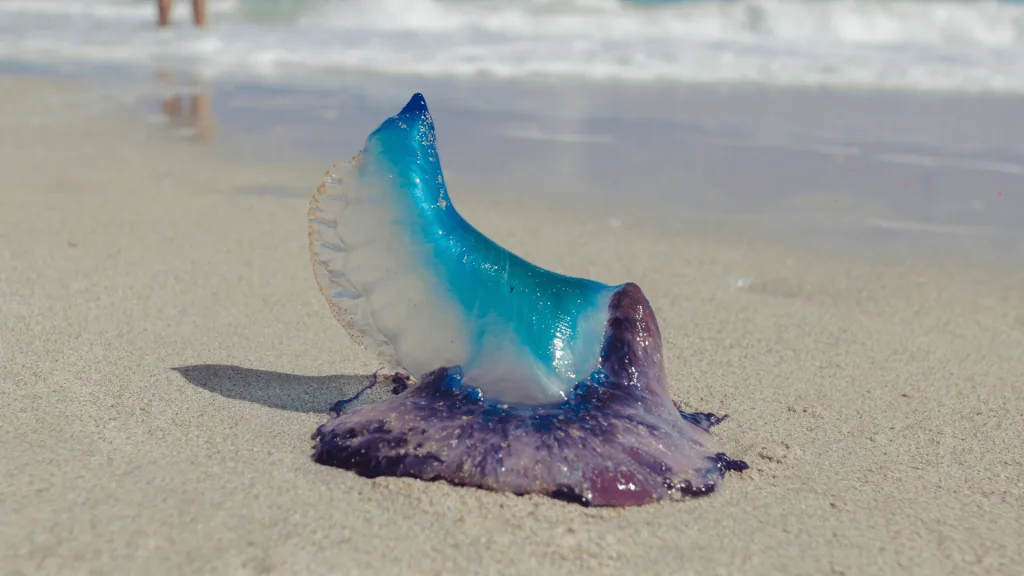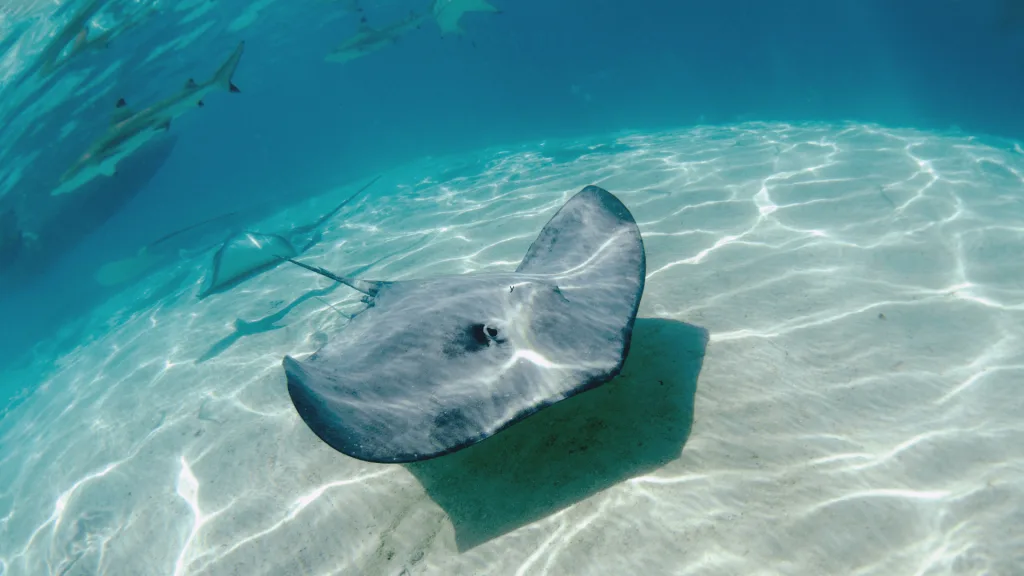When you think of Panama City, Florida, you may imagine white sandy beaches, crystal-clear waters, and frosty poolside cocktails, but plenty of dangerous creatures call this stretch of shoreline home.
Don’t open up that beach umbrella before learning about these menacing critters. After all, they could be out to get you.
Today, we’re digging into the facts about these wild beasts so they don’t surprise you on your next trip to the coast.
Let’s dive in!
Avoid These 7 Dangerous Creatures in Panama City, Florida
Whether you want to snorkel, enjoy beachside cocktails, or hear some live music, this popular tourist destination has you covered. Panama City’s subtropical climate and long sandy beaches have made it a favorite stop for travelers. Popular activities include taking dolphin cruises and visiting Shell Island.
The city also has an exciting nightlife scene for anyone not interested in aquatic adventure. You can play mini golf or head to Pier Park. Before you decide to visit, you should know about these dangerous creatures in Panama City.
Pro Tip: Make a splash at one of these 7 Clear Florida Beaches You’ve Gotta See.

#1 Sea Nettles
A sea nettle looks like a stereotypical jellyfish, like the ones pictured in Pixar’s Finding Nemo. It has a rounded top about six inches across and stringy tentacles up to two feet following in its path. These stinging jellies live all along the East Coast, including in Florida.
The animal’s long tentacles have stingers that can pierce your skin to distribute venom. If an Atlantic Sea Nettle stings you, it’ll probably be uncomfortable, but luckily it won’t be life-threatening. Rinse off the sting with salt water and baking soda for some relief, and remove the stingers with tweezers.
#2 Red Tide (Algae)
Another dangerous creature in Panama City is an alga called Red Tide. While most algae can be considered safe, this one can’t. The species Karenia Brevis causes the toxic blooms that occur exclusively in the Gulf of Mexico.
The toxins caused by a Red Tide kill most sea life that it comes in contact with and can make people sick too. Eye irritation and respiratory issues have been listed as the primary symptoms in humans. Luckily, the National Ocean Service forecasts the phenomenon and notifies the public if the water has unsafe algae.
#3 Portuguese Man O’War
This next dangerous creature found in Panama City, the Portuguese Man O’War, resembles a jellyfish with one main difference. Rather than being a single organism, many smaller ones, or zooids, combine to make this animal.
A Portuguese Man O’War looks like a blue or purple sack of gas floating along the water’s surface. Its tentacles typically dangle about 30 feet below, but some can grow to over 165 feet long. They travel in the ocean’s warm currents in large colonies of up to 1,000 creatures.
If you see one of these jellies, stay out of the water. Their tentacles cause painful stings that can lead to difficulty breathing and even death.

#4 Lionfish
The Florida Fish and Wildlife Commission encourages divers and fishermen to remove lionfish from the water because this invasive species has negatively impacted the natural environment.
This striped sea creature resides in deep water and caves. Though it may be pretty to look at, keep your distance! Its spines can sting you, causing nausea and confusion. You can, however, safely eat lionfish.
#5 American Alligator
It probably won’t be surprising to hear that alligators reside in this waterfront town. The animal doesn’t like to be bothered and usually swims away when approached. But it can be aggressive if you sneak up on one or catch it near its younglings.
American alligators usually live in freshwater, so you likely won’t see them in the Gulf. They eat other alligators, birds, and small animals but have also been known to mistake human children for a tasty snack. It’s best to keep your distance from these dangerous creatures in Panama City.

#6 Stingray
The most popular time to visit Florida is between April and October. Stingrays must’ve gotten the memo because they also flock to Gulf waters during winter. These creatures like to bury themselves in the sand near the shore to hide from predators, making them hard to see.
You can avoid a stingray, and their painful barbs, by shuffling around in the water instead of sprinting and splashing around. If you get stung, rinse it with salt water, and if you experience any allergic reactions like chest tightness or facial swelling, call 911.
#7 Cottonmouth Snake (Water Moccasin)
Locals will tell you that if you see a water moccasin swimming, don’t panic, it’s probably just running from an alligator. We don’t find this particularly comforting. In fact, we think the number of dangerous animals near Panama City is surprising.
Cottonmouth snakes usually reside in swampy areas and can grow up to four feet long. These dark black or green creatures have a telltale stripe through their eye. While their bites may not be particularly painful, they can be fatal. If a water moccasin bites you, seek medical attention immediately.
Pro Tip: Spend the night at one of these 15 Best Luxury RV Resorts in Florida.
Is a Trip to Panama City Worth Facing These Dangerous Creatures?
All sorts of harmful critters lurk in the depths of the Gulf, but Panama City Beach seems to attract more than its fair share. This coastal town’s miles of sandy beaches make it an ideal vacation destination for both humans and stingrays. The warm currents sweeping along the Florida coastline draw in tourists and hoards of jellyfish.
During your next visit to the coast, you can do your part to reduce the number of dangerous creatures in Panama City by ordering lionfish for dinner. Don’t forget to stay vigilant on your vacation, but have fun too!
We’ll Help You Find the Best Free Camping in the USA
You should give it a try!
As a matter of fact, these free campsites are yours to enjoy. Every time you pay federal taxes, you’re contributing to these lands.
Become a FREE CAMPING INSIDER and join the 100,000 campers who love to score the best site!
We’ll send you the 50 Best Free Campsites in the USA (one per state). Access the list by submitting your email below: